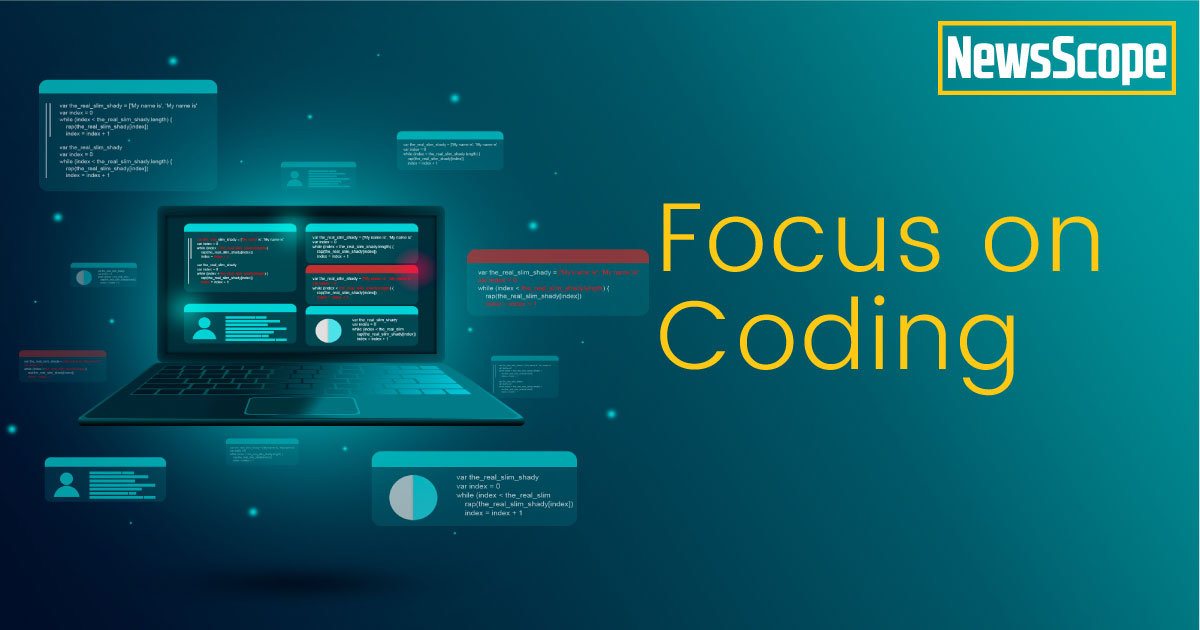Coding Update: CMS Code G2211

On January 1, 2024, a new CMS code, G2211, was finalized. According to the CMS.gov website, “This add-on code will better recognize the resource costs associated with evaluation and management visits for primary care and longitudinal care. Generally, it will be applicable for outpatient and office visits as an additional payment, recognizing the inherent costs involved when clinicians are the continuing focal point for all needed services, or are part of ongoing care related to a patient’s single, serious condition or a complex condition.” In simpler terms, this code compensates doctors who manage patients with very complex, long-term care needs. It will primarily be used by our primary care colleagues, but we can also use it in specific cases.
For some background, the code has been in place since January 1, 2021, but CMS was prohibited by Congress in 2020 from paying for this add-on code until January 1, 2024. No legislation has prohibited payment in the last four years, so the grace period has ended, and it is now payable.
How to Use the Code:
First, G2211 can only be added to an office or outpatient visit where an E&M code is billed (99202-99215). It is not a stand-alone code, so it must be accompanied by an E&M code. The condition must be “a single, serious condition or a complex condition.” CMS provides examples such as HIV or sickle cell disease—think of patients with these types of conditions. Chronic pelvic pain, chronic endometriosis, incontinence, GYN cancers, prolapse, and other conditions that require “a continuous and active collaborative plan of care, which requires the direction of a clinician with specialized clinical knowledge, skill, and experience,” would also qualify. The key factor is whether there will be an ongoing relationship.
You can use this code even if the current diagnosis isn’t the chronic condition, as long as the treatment plan is affected by that condition. For example, managing hot flashes with non-surgical treatment for endometriosis, or treating vaginal dryness during GYN cancer surveillance, or UTI symptoms in someone with a pessary. There are no additional documentation requirements, but it’s a good practice to mention in your assessment and plan that the chronic condition is affecting the current visit’s treatment.
This code can also be used in a teaching setting with the GC modifier (but not GE—you must be personally involved in the care). You can use this code for telehealth services as well.
How NOT to Use the Code:
You cannot use G2211 for a service that requires another modifier (like 24, 25, or 57) signifying that a procedure has recently been planned or completed. This prevents its use for acute care, such as post-operative visits or emergency room to OR care. Additionally, it cannot be used for a visit that is focused on a procedure or other service instead of longitudinal care for “a single, serious, or complex condition.” It also cannot be added to an annual wellness visit (9938x or 9939x). If you work in an FQHC or RHC (Rural Health Center), the cost of complex patient care is already built into the payments received, so this code is not applicable in those settings.
The payment for G2211 in 2024 is approximately $16.05.
Finally, this is a CMS/Medicare code. Each state’s Medicaid program will decide whether to cover it (I could not find any state Medicaid programs that do). Private insurers will also decide independently whether to cover it (I also could not find any private insurance that covers G2211).
While $16.05 may not seem like much, these small amounts can add up quickly over the year and help offset the costs of caring for complex patients who almost always require additional resources and time.
Happy Coding!






